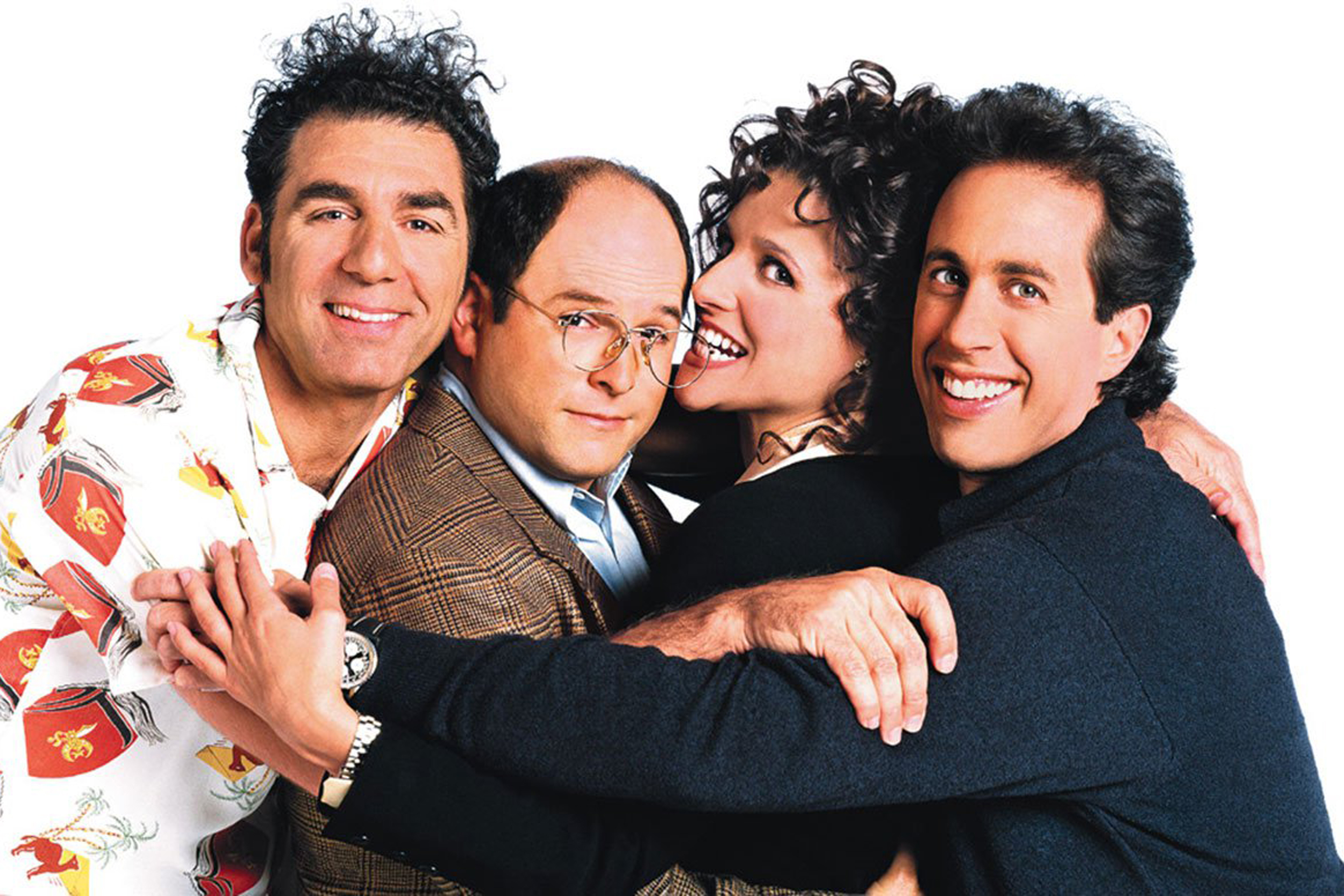Seinfeld Fan Proves Fake News Lives in Medical Journals

The old adage that life imitates art took on new meaning in healthcare. With a last name to die for, Precision Scientific Editing founder and editor John H. McCool is on a “personal mini-crusade against fake scientific journals.” To prove that publisher MedCrave will “print fiction for a price,” McCool penned a phony article on a made-up condition based on an episode of the hit T.V show Seinfeld.
Consider McCool’s mission accomplished. Soon after McCool submitted his article to MedCrave, the report went to print on the World Wide Web.
“I’m not a physician, much less a urologist. But I am an editor of scientific writing who has a strong antipathy for predatory journals. I’m also a Seinfeld fanatic,” McCool wrote in an op-ed in The Scientist. When McCool was invited to submit a paper for MedCrave Group’s Urology & Nephrology Open Access Journal, he took the golden opportunity to expose the journal.
McCool used his T.V. knowledge when he wrote a “case report” about a man suffering from a fictitious condition called “uromycitisis poisoning.” The made-up report was inspired by the 1991 Seinfeld episode called “The Parking Garage,” in which star Jerry Seinfeld urinates against the wall in a mall parking garage because he cannot find his car. The bladder-relieved Jerry is caught by a security guard. The comedian tries to avoid a citation from the mall cop by claiming he suffers from a condition called uromycitisis, arguing he could die if he doesn’t relieve his bladder whenever nature calls.
McCool took his Seinfeld subterfuge one step further by writing the report under the name Dr. Martin Van Nostrand, the physician alter-ego of Seinfeld’s neighbor and friend Cosmo Kramer. Dr. Van Nostrand, a.k.a. McCool, included other Seinfeld references throughout the article, such as the fake institution where the authors allegedly worked — the Arthur Vandelay Urological Research Institute. As for the co-authors, McCool gave credit to Kramer’s horse meat eating friend Jay Reimenschneider and his gout-suffering buddy Leonard Nicodemo.
“Basically, I wrote the manuscript in a style as close to a real case report as I could, except that it was 100-percent fake,” McCool penned in The Scientist.
Here is what was published on the journal’s website:
“Uromycitisis Poisoning Results in Lower Urinary Tract Infection and Acute Renal Failure: Case Report:”
Uromycitisis is a rare but serious condition that affects over 2,000 mostly adult men and women in the United States each year. Described simply, it is caused by prolonged failure to evacuate the contents of the bladder and can result in a serious infection of the lower urinary tract known as “uromycitisis poisoning,” which, if untreated, can cause acute renal failure and has an associated high mortality. Moreover, the psychological component of this condition cannot be discounted, as sufferers often feel shame due to their medical need to urinate whenever and wherever they feel the urge, lest they risk developing uromycitisis poisoning. There is, however, a strong societal bias against such acts that must be balanced against the health and well-being of people with this condition. In fact, some more progressive localities have become aware of and sensitive to this condition and have attempted to accommodate people with medically diagnosed uromycitisis by issuing public urination licenses or passes, which shield from legal prosecution under public sanitation laws people who, by absolute medical necessity, urinate in public. We report the case of a 37-year-old man who suffers from uromycitisis, was prevented from urinating in public, was admitted to the hospital with uromycitisis poisoning, was wrongly diagnosed, and was ultimately referred to our institution for treatment.”
“A simple Google search for ‘uromysitisis‘ or ‘Martin Van Nostrand’ returns thousands of references to Seinfeld,” wrote McCool. “Checking just one of the ‘papers’ I included in the manuscript’s reference section, the editors or reviewers could easily have determined it was fabricated.”
So why did these obvious Seinfeld flags get missed? McCool claims a representative at Urology & Nephrology Open Access Journal informed him the report had been sent out for peer review. Eventually, a few days later, the report was accepted with a few requests for minor edits. The journal also requested a “nominal” payment of $799 plus tax, which McCool said he did not pay. His report was published on the journal’s website on March 31, 2017.
MedCrave, the parent company of this journal that claims on its website it is “an Internationally Peer-Reviewed, Open Access Journal with a strong motto to promote information regarding the improvements and advances in the fields of Urology, Nephrology and research,” released a statement claiming it is not a predatory publisher. The report has since perished.
“My short-term goal is to expose MedCrave as a publisher that will print fiction, for a price. My long-term goal — an ambitious one, I know — is to stop the production of predatory journals altogether,” McCool said.
